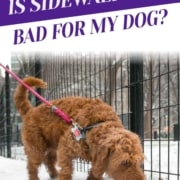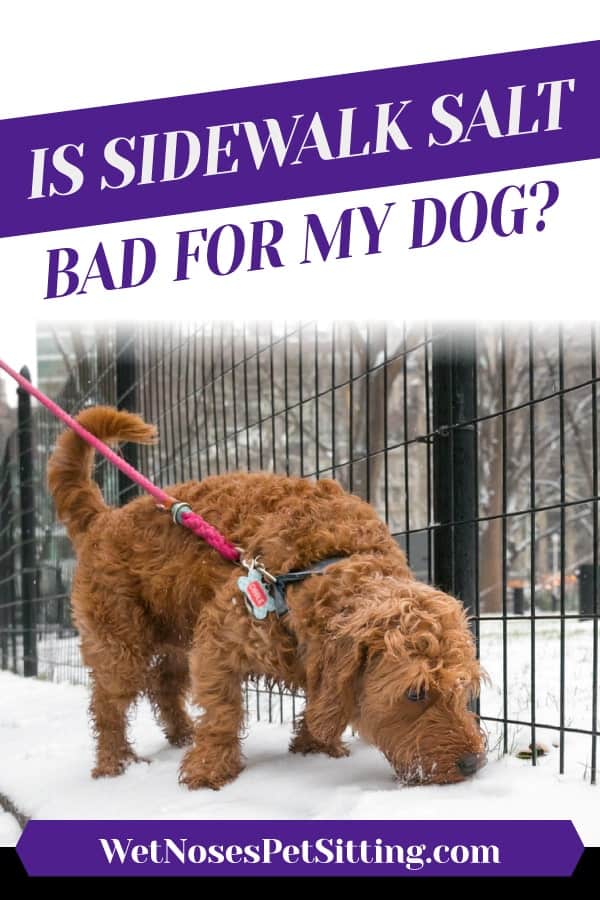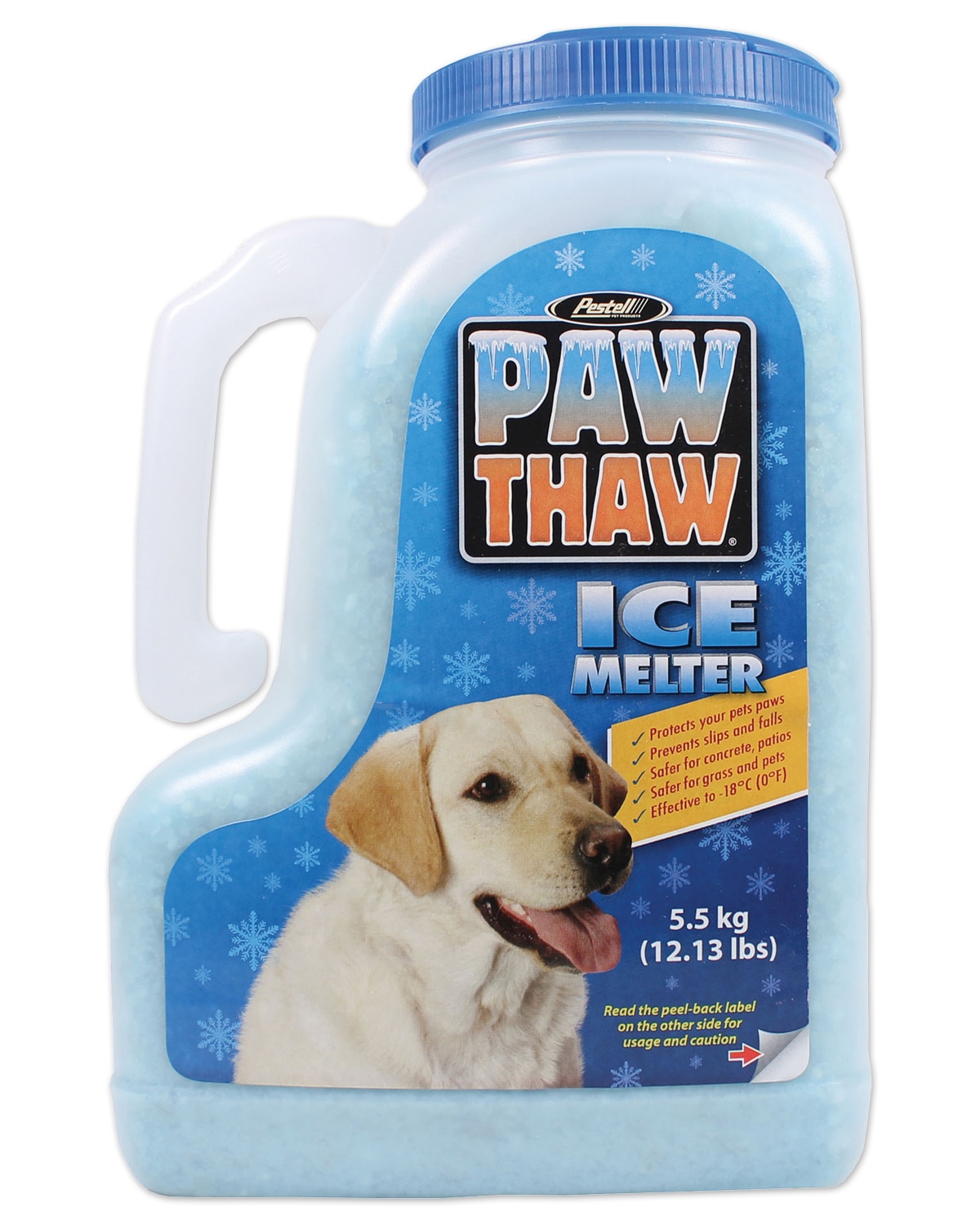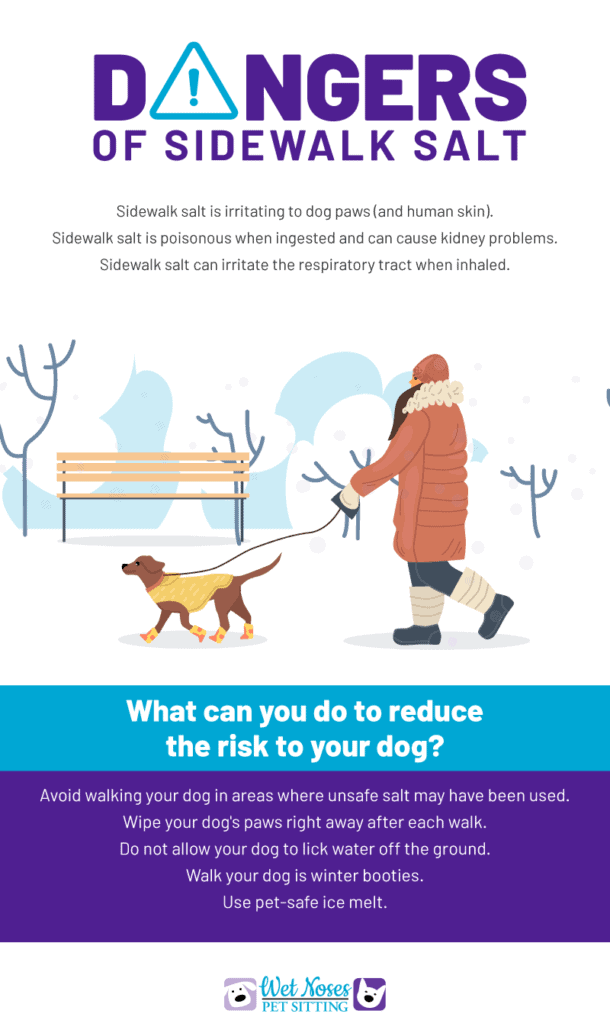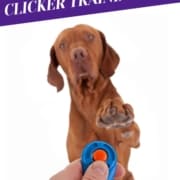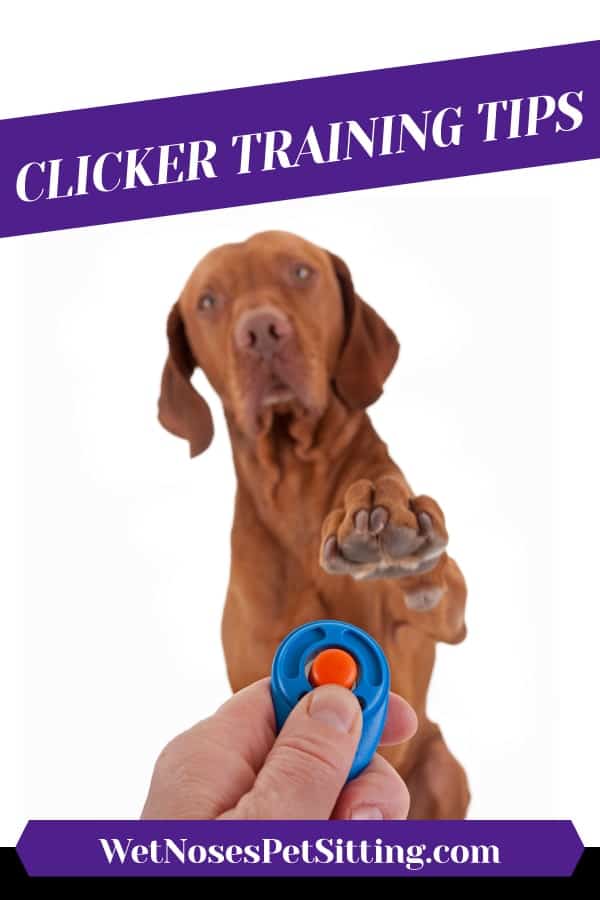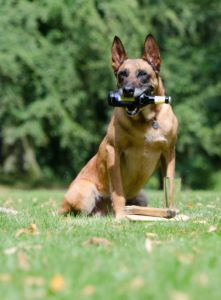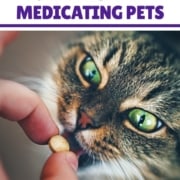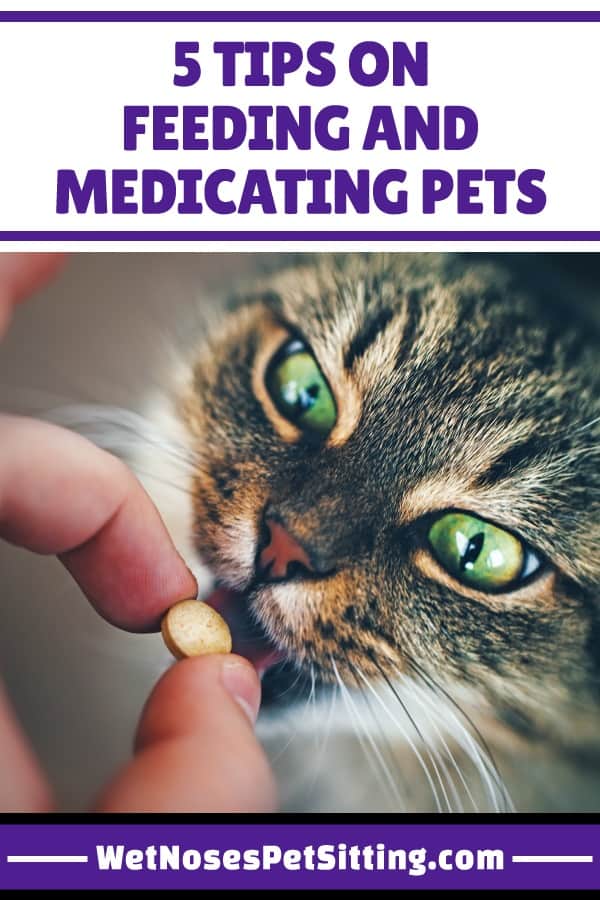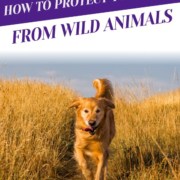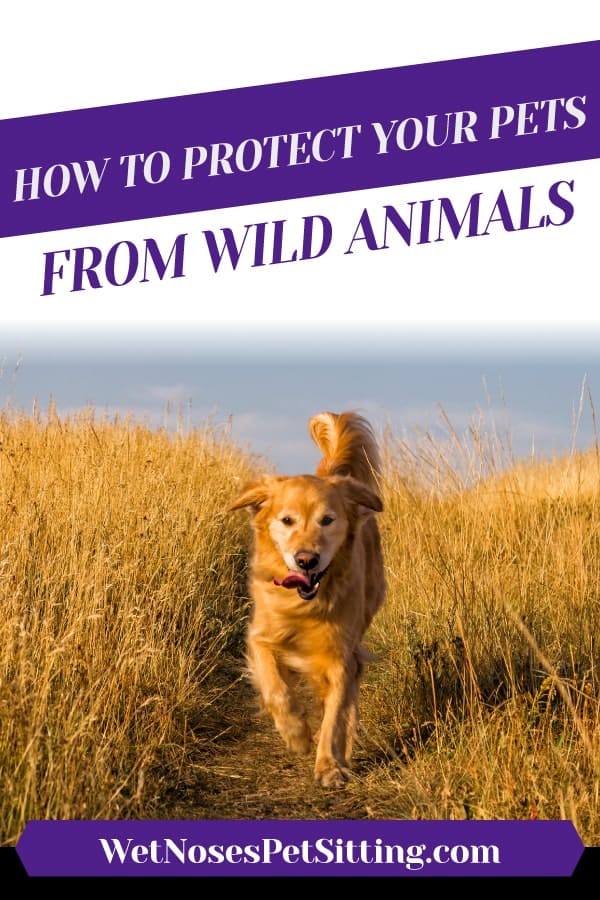What Are Dog Walking Options for My Older Dog?
As our dogs age their needs also change. Depending on your dog’s breed, they may be considered a senior pet at different ages. Large breeds as young as 6 years old can sometimes be considered older, while smaller breeds may not be senior status until about 10-12 years. Walking your dog only gets more important as they age, here are some things to take in account when thinking about dog walking with your older dog.
-
As dogs age they tend to be less active throughout the day.
Older dogs do a lot more laying around the house than they did when they were young. Gone are the days of crazily batting around a water bottle or chasing balls around the house. Because of this, they also get far less exercise which is undeniably important to their health.
Weight management is one of the biggest benefits of walking with your older dog. Since they are moving less, sometimes this is the only real exercise they get all day. It also helps loosen their muscles, wards of fat, and stimulates their minds, both of which keep them fresh and feeling good.
-
Most senior dogs need more potty breaks.
As your pup creeps up to senior citizen status they may have a harder time holding in their bathroom needs all day. They need more frequent trips to the bathroom to avoid accidents, UTI’s and overall be more comfortable throughout the day.
-
You may need to change the duration and frequency of their walks.
While it is very important to get your dog out and moving every day, the dynamic of the walk will likely need to change. Senior dogs benefit more from shorter walks at least twice a day (morning, noon and night would be the best). Sometimes the weather does not agree with the older dog, if it’s too hot or too cold in the morning or at night, walking them at the warmest/coolest part of the day is key.
If they’ve had the same leash and collar for the last decade, it may be time to give them an upgrade. Opting for a shorter leash and a harness will help keep their neck and joints safe. Even though they may feel like a puppy again on beautiful days, if they jolt to try and get a squirrel they could end up with an injury.
There’s something special about senior dogs. When they flick those loving yet all-knowing eyes in your direction your heart melts. That’s why it’s so important to make sure they continue to live a long and healthy life.

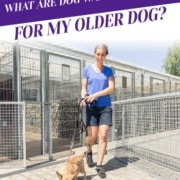
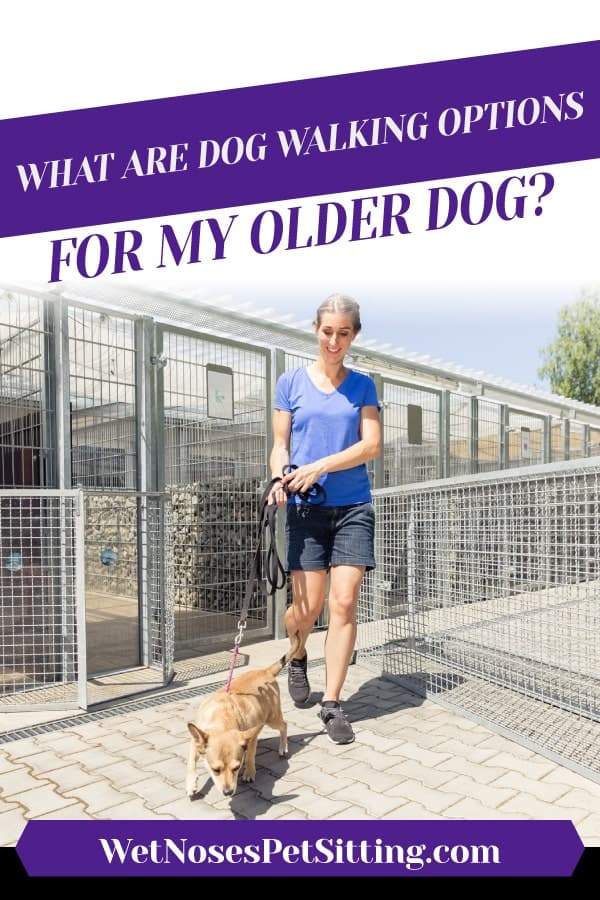
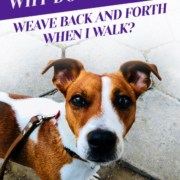
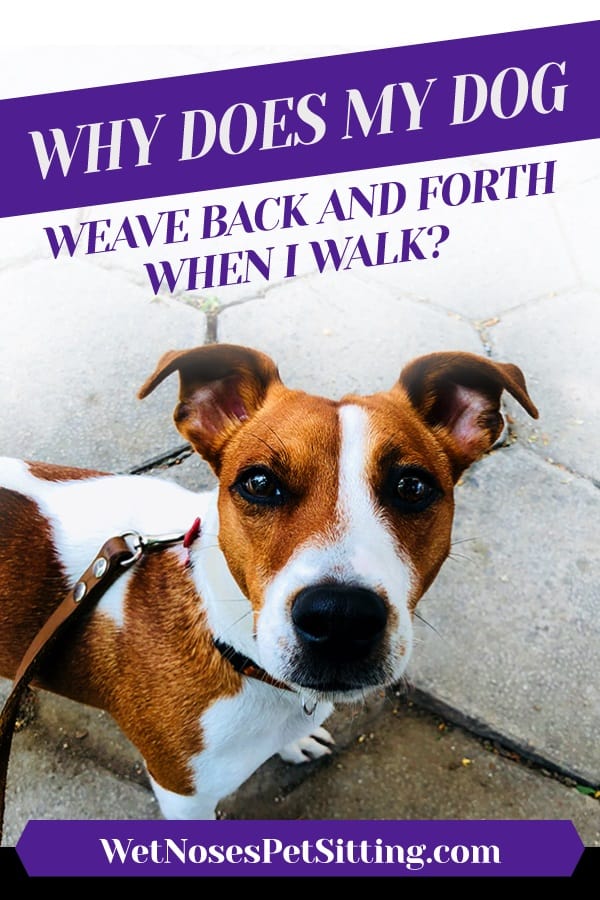
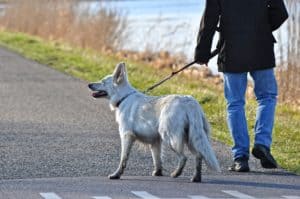
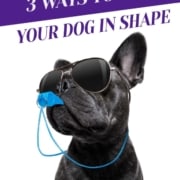
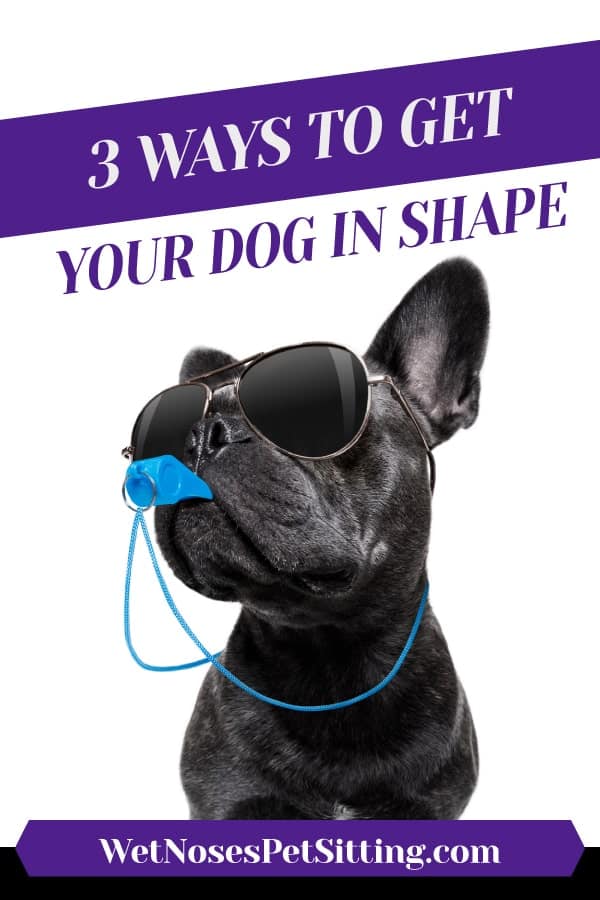
 Playing
Playing